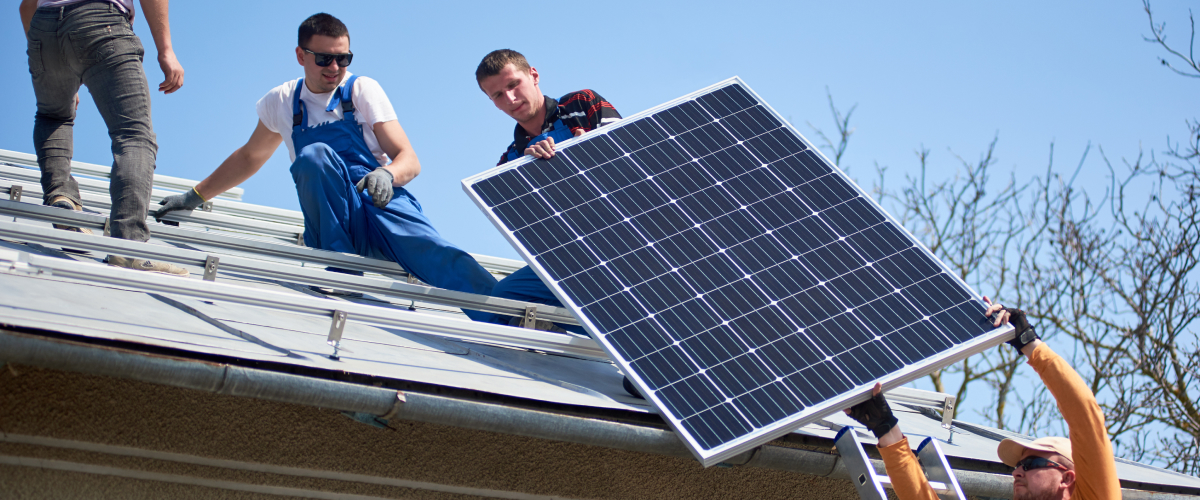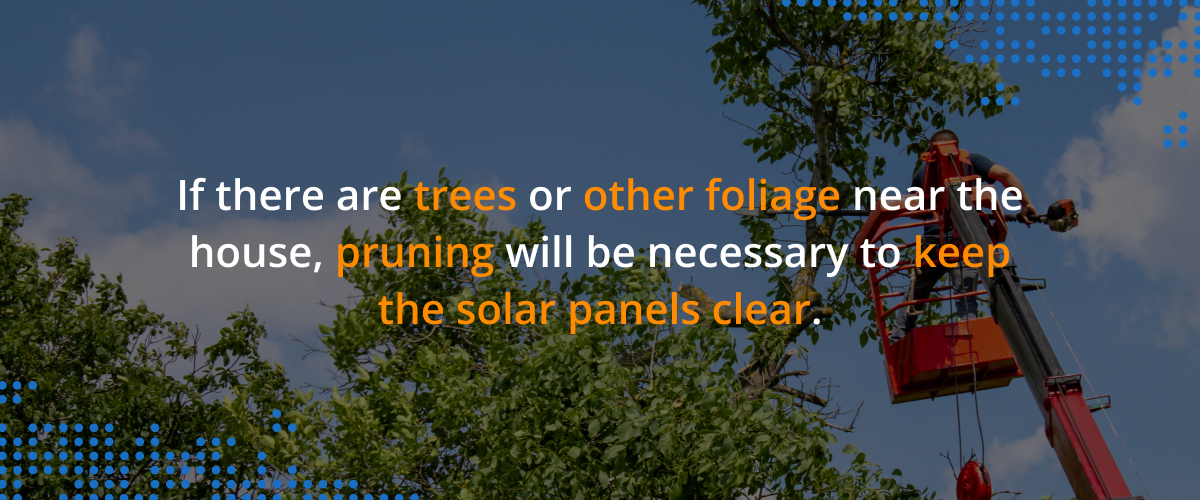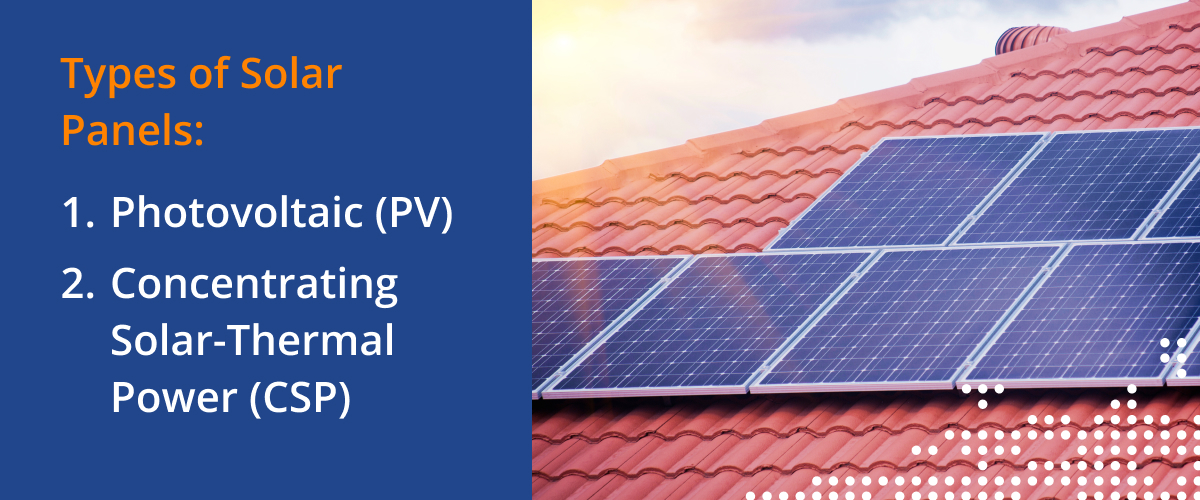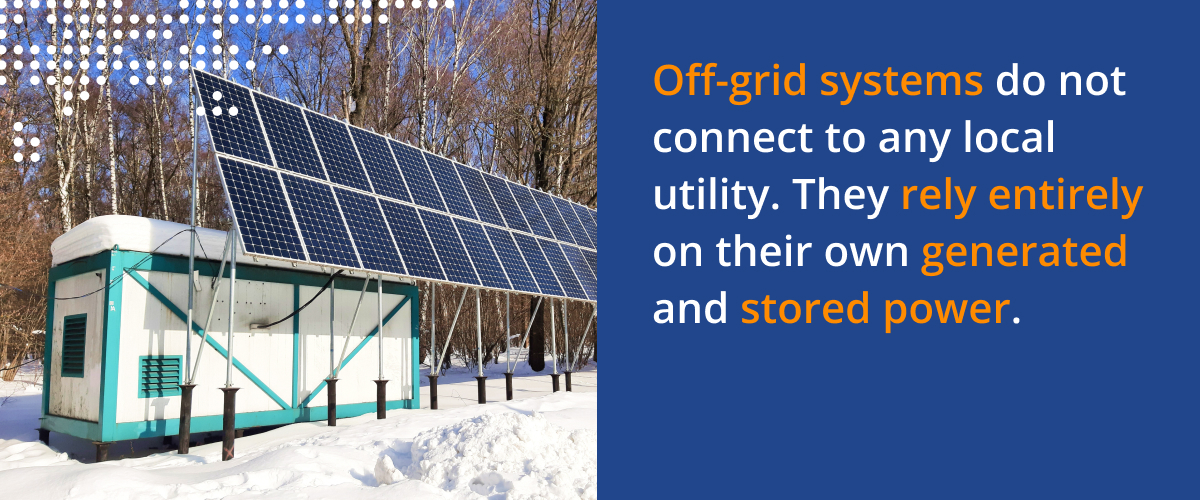
Your Guide to Rooftop Solar Panel Installation
Your mood and immune system will likely shine when the sun’s shining. Sunshine is proven to have numerous benefits when it comes to our mental and physical health. If we already know it’s good for our health, why not make it suitable for our environment and our pockets too?
Using solar energy to power your house or business is a great way to help yourself and positively contribute to the sustainability movement. The use of solar power is growing and will continue to do so in the future. Solar energy makes sense in Arizona, with some of the sunniest cities in the country and sunshine up to 85% of the time.
What to Take into Consideration
Before opting for rooftop solar panels, scope out the area and recognize where and how your house orients to the sun. If your roof is primarily in the shade, putting solar panels on the roof likely won’t be the optimal location.
If there are trees or other foliage near the house, pruning will be necessary to keep the solar panels clear and able to absorb as much sunlight as possible. Additionally, install solar panels to face a specified direction and at an optimized angle to allow for the absorption of as much sunlight throughout the day as possible.

Another thing to consider before jumping into rooftop solar panels is whether your roof suits the change. Is it structurally sound and able to withstand the addition of solar panels? How old is the roof, and when will it need to be replaced?
You don’t want to install rooftop solar panels and then need to remove them to replace your roof a year later. That’s a larger and more expensive project than it needs to be.
Do you live in a neighborhood with an HOA? If so, you may need to get your rooftop solar panels approved before installation. Additionally, you will want to look into the rules and regulations of solar panels in your state and county.
Some areas have policies on solar that may restrict what you’re allowed to do. However, checking the state guidelines may also benefit you, as some areas have federal and state tax credits and write-offs for solar.
Once you’ve completed the above, it is time to decide whether you will lease or buy your rooftop solar panels. Both have pros and cons, and the best option will vary depending on each situation and need.
Types of Solar Panels
There is more than one type of solar panel, so that is another thing to consider. People usually utilize photovoltaic (PV) panels, but other options exist.
How you install many solar panels will depend on the energy needed and which connection to the grid, or lack thereof, is chosen. Installation of solar panels requires labor but also electrical work. It is best to enlist the help of professionals.
Photovoltaic (PV)
Photovoltaic technology converts sunlight into electrical energy through semiconductor materials. Residential and smaller-scale projects commonly utilize this type of solar technology.
Concentrating Solar-Thermal Power (CSP)
Concentrated solar-thermal technology converts sunlight to electrical energy by using mirrors that reflect and focus the sunlight, which heats a high-temperature fluid within a receiver. The energy formed through heat is known as thermal energy. Industrial applications typically use this type of solar technology.

Installation Methods
Solar panels connect to each other, many linking to a larger power grid. There are a few options for how you want your solar panels connected.
Solar panels work by converting sunlight into energy. The sunlight absorbed by solar panels can create enough power for the needs of a home or business but may need extra help.
Solar panels can work alone or connect to a larger power grid, a give-and-take system. When a surplus of energy created by your solar panels is not all needed, the grid takes it for local utilities that others can use. When your solar panels do not make enough energy to power everything necessary, they can use the extra energy from the grid.
Grid Connected without Batteries
Solar panels connected without batteries can tap into energy from the grid. This option is the easiest and cheapest installation method for solar. The energy gives and takes from the grid based on need and surplus. However, if the power from the grid goes out, so does the power in your home or business.
Grid Connected with Batteries
Solar panels can also connect to the grid with battery backups. In this case, the batteries store power if the grid goes out. It is a more complicated and expensive installation method, but it is worth the trouble for certain buildings (such as hospitals) where constant power is crucial.
Off-Grid
Off-grid systems do not connect to any local utility. They rely entirely on their own generated and stored power. If the system cannot convert enough energy through its devices, no backup can make up the difference. Off-grid living or areas far away from cities typically use this system.

Replacing Your Roof with Solar Panels
Now, it’s not a solar panel roof replacement, but rather, an addition of solar panels mounted over the top of the roof you already have.
Going solar can be great for you, your home or business, and the earth we inhabit. However, don’t rush in without doing your due diligence. You want to ensure you choose the best solar options for you and your space.
Before installing solar panels on a roof, talk with a professional to find the best options. Also, don’t forget to check out the many benefits and incentives that coincide with solar energy.
Legacy Repair is a roofing company of experienced roofers who pride themselves on providing the utmost quality work and service for all your residential, commercial, and roof maintenance needs. If you are considering going solar, reach out to Legacy Repair today to ensure your roof will be ready to withstand the change and last as long as possible.